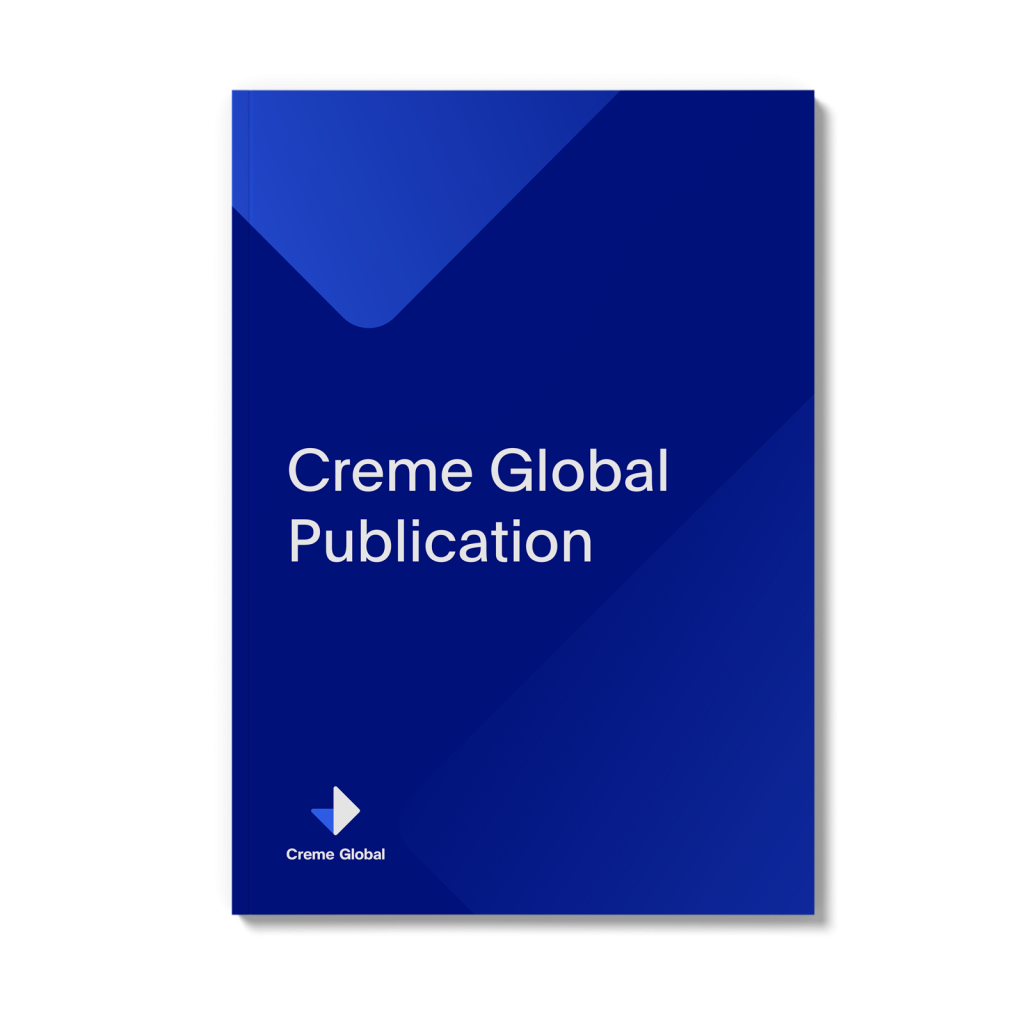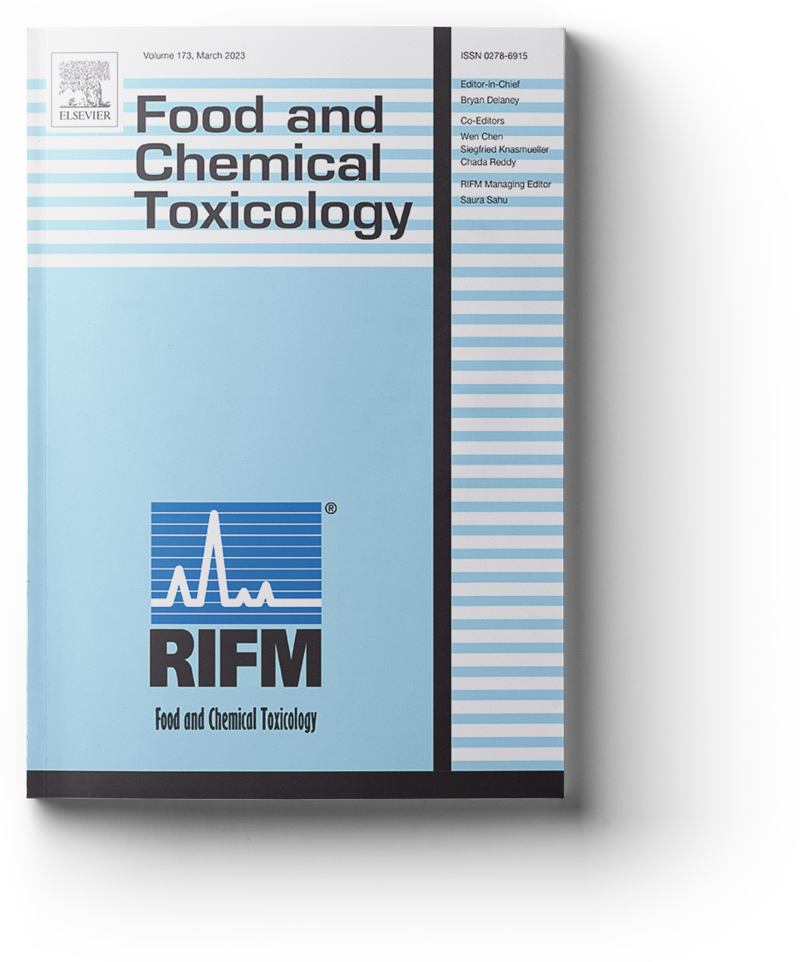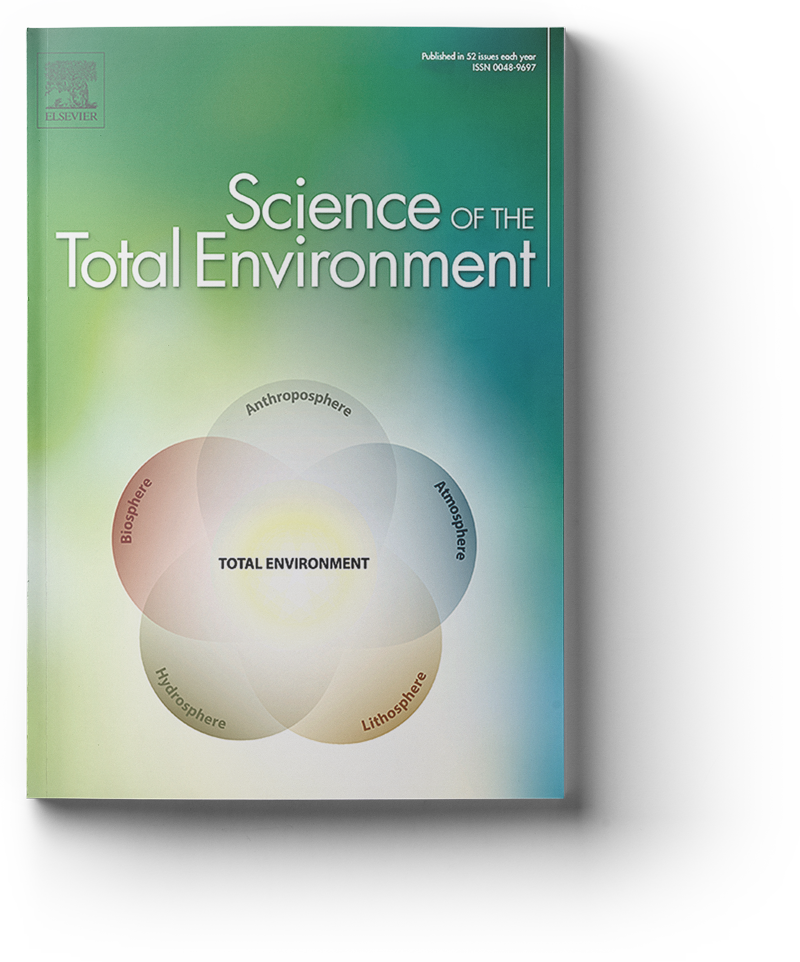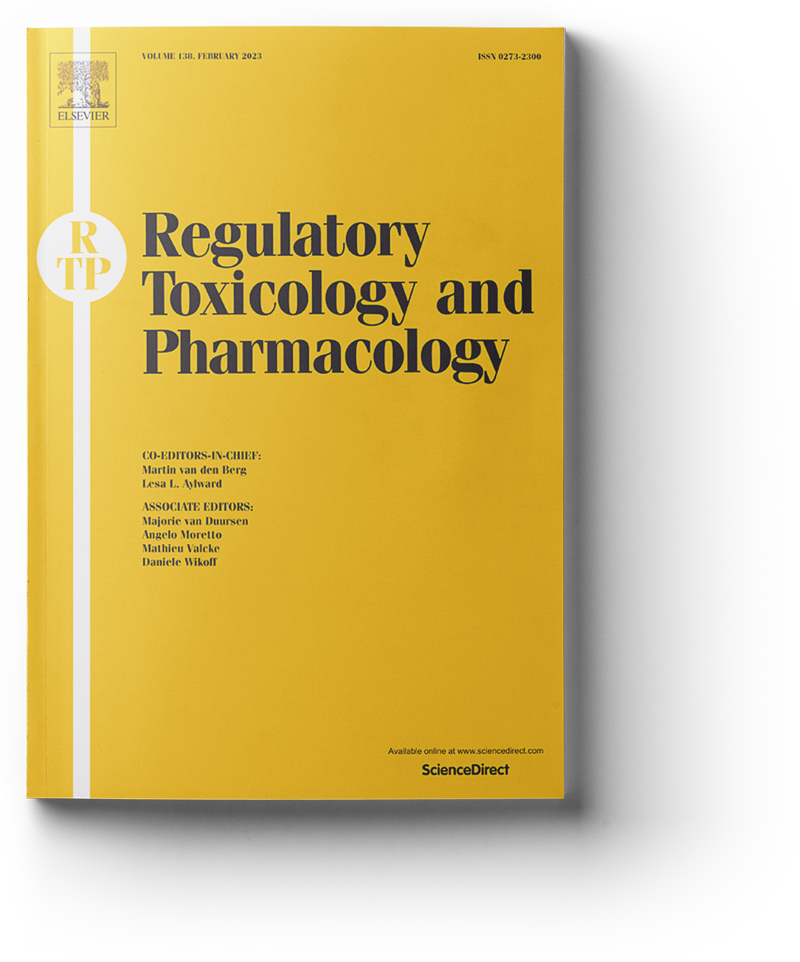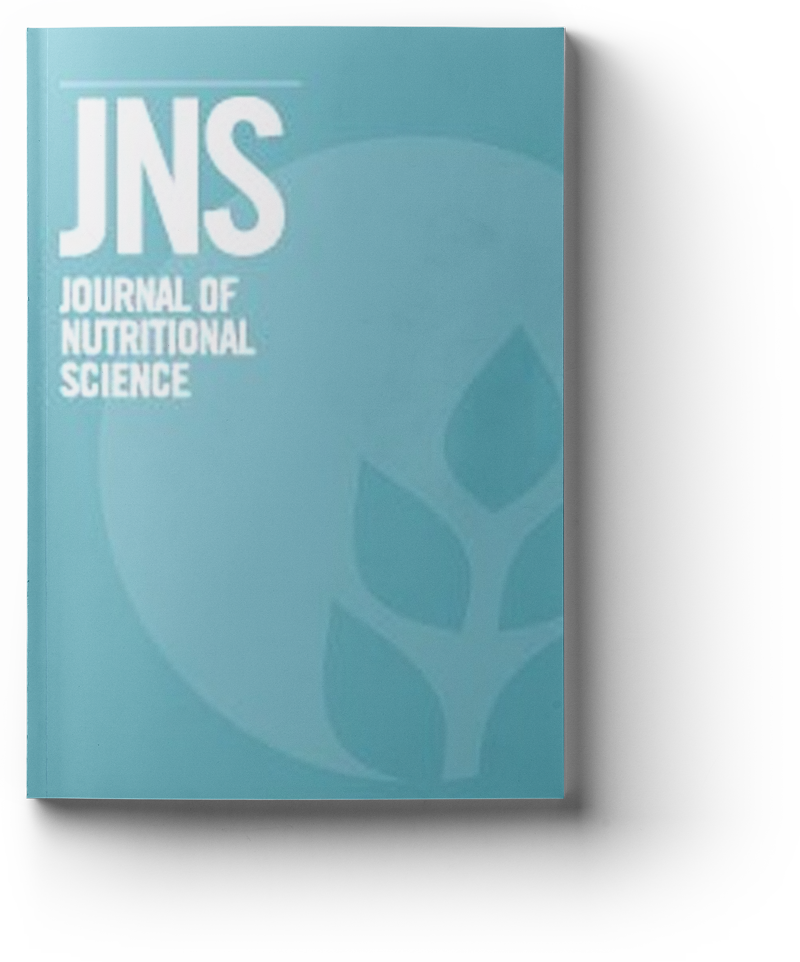In 2008, a proposal for assessing the risk of induction of skin sensitization to fragrance materials Quantitative Risk Assessment 1 (QRA1) was published. This was implemented for setting maximum limits for fragrance materials in consumer products….
Authors: Anne Marie Api, David Basketter, James Bridges, Peter Cadby, Graham Ellis, Nicola Gilmour, Helmut Greim, Peter Griem, Petra Kern, Alain Khaiat, John O’Brien, Thomas Rustemeyer, Cindy Ryan, Bob Safford, Benjamin Smith, Matthias Vey, Ian R. White
Publication date: 17/10/2020
